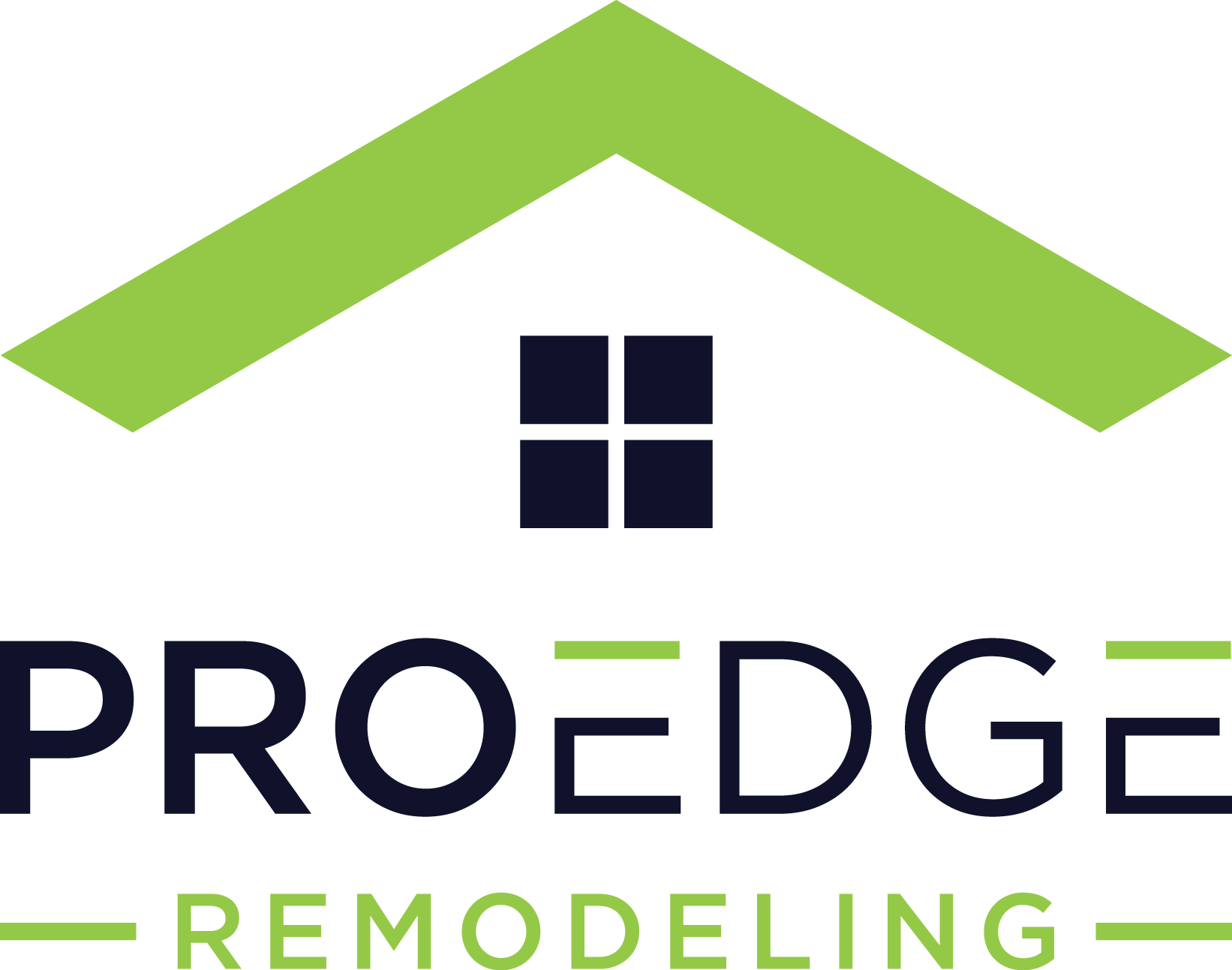Top Signs Your Furnace Needs Repair Before Winter

*Updated September 30th, 2025
As winter approaches, ensuring your furnace is in top working condition is essential for keeping your home warm and comfortable. A malfunctioning furnace can lead to an uncomfortably cold home as well as higher energy bills and costly emergency furnace repair during the peak of the cold season.
Regular furnace maintenance can help prevent these issues, but there are also clear warning signs that indicate your furnace needs repair before the winter chill sets in. By spotting the following common signs early, you can avoid unexpected breakdowns and ensure your home stays cozy all winter long.
Uneven Heating Throughout Your Home
One of the clearest signs your furnace needs repair is uneven heating throughout your home. You may notice that some rooms feel much warmer than others, or that certain areas are consistently colder no matter how high you set the thermostat.
Potential Causes:
- Blocked Vents or Ducts: If your ductwork is clogged or blocked by debris, the warm air won’t be able to circulate properly.
- Failing Thermostat: A malfunctioning furnace system may misread temperature and fail to heat evenly throughout your home.
- Old Furnace: As the furnace ages, it may struggle to keep up with your home’s heating and cooling demands.
Unusual Noises Coming from the Furnace
When you hear odd noises, it’s a strong sign your furnace needs repair.
Common Signs and What They Mean:
- Banging or Booming: Delayed ignition in a gas furnace can cause a small explosion inside the furnace.
- Squealing or Whistling: Often tied to blower motor or belt issues.
- Rattle: A loose part or failing component, a clear sign that your furnace is in need of repair.
Ignoring these noises may be costly. Schedule a furnace repair with a trusted HVAC contractor before small issues become major breakdowns.
Rising Energy Bills
A sudden jump in heating bills is another sign your furnace needs repair.
Possible Causes:
- Clogged Air Filter: Dirty or clogged air filters force the system to work harder.
- Heat Exchanger Issues: A cracked heat exchanger reduces efficiency and can lead to a carbon monoxide leak.
- Poor Airflow: Leaky ductwork or blocked vents make the furnace system run longer.
Short Cycling or Constant Running
If your furnace turns on and off frequently, that’s called short cycling. When short cycling occurs, it’s often because the furnace is struggling to maintain heat.
On the other hand, if the furnace isn’t shutting off at all, it may be time to replace or repair your system. Both scenarios stress the HVAC system and shorten the average lifespan of a furnace.
Yellow or Flickering Pilot Light
The pilot light is a key indicator of your furnace’s health.
- A blue flame = healthy burn.
- A yellow or flickering flame = incomplete combustion, which may cause a carbon monoxide leak.
Use a carbon monoxide detector around your furnace system and call an HVAC technician immediately if you see yellow flames.
Strange Odors or Gas Smells
If you smell rotten eggs, burning plastic, or soot coming from the furnace, something is wrong. A malfunctioning furnace could point to leaks, poor ventilation, or electrical issues. Don’t ignore these warning signs—they can affect indoor air quality and safety.
Difficulty Starting the Furnace
If your furnace requires multiple restarts, it’s a sign from your furnace that parts are in need of repair.
Possible culprits: ignition failure, wiring issues, or a failing thermostat. Contact an HVAC company to diagnose and repair before your home needs emergency service.
Excessive Dust or Dry Air
If you notice dirty air or dryness around your home, your furnace may need to be replaced or serviced. These issues are often tied to poor airflow, short cycling, or a failing filter. Proper upkeep can give your furnace a longer life and improve indoor air quality.
Visible Signs of Rust or Corrosion
Rust on the heat exchanger or burners is more than cosmetic. If your furnace is 15-20 years old and showing rust, it may be time to replace your furnace. A new furnace offers safer operation, lower heating bills, and modern replacement options.
Preventive Maintenance Tips
- Change air filters every 1–3 months.
- Schedule a furnace inspection with an HVAC technician annually.
- Seal ducts and test your thermostat.
- Get your furnace serviced regularly with proper maintenance to extend its life.
Conclusion: Know When You Need Furnace Repair or Replacement
Every furnace requires care, and knowing the common signs your furnace needs repair helps prevent costly emergencies. If your furnace is old, constantly in need of repair, or you’re seeing warning signs, it may be time to replace your furnace. In some cases, it’s smarter to proactively replace an aging system rather than risk a malfunctioning furnace mid-winter.
If your furnace isn’t keeping up, contact a professional heating service or HVAC company today to review replacement options and keep your home safe.
Sources
Additional Furnace Resources

Anna has over six years of experience in the home services and journalism industries and serves as the Content Manager at MyHomePros.com, specializing in making complex home improvement topics like HVAC, roofing, and plumbing accessible to all. With a bachelor’s degree in journalism from Auburn University, she excels in crafting localized, comprehensive guides that cater to homeowners’ unique needs. Living on both coasts of the United States has equipped her with a distinctive perspective, fueling her passion for turning any house into a cherished home through informed, personalized decision-making.
Connect with top-rated local contractors who can help you with siding, roofing, HVAC, windows, and more. Get free quotes from verified professionals in your area today.








